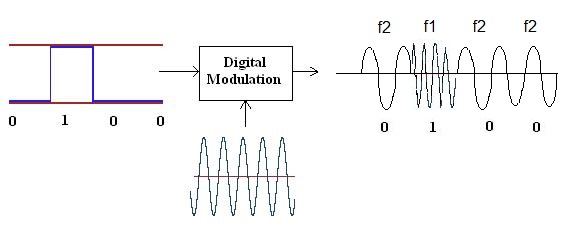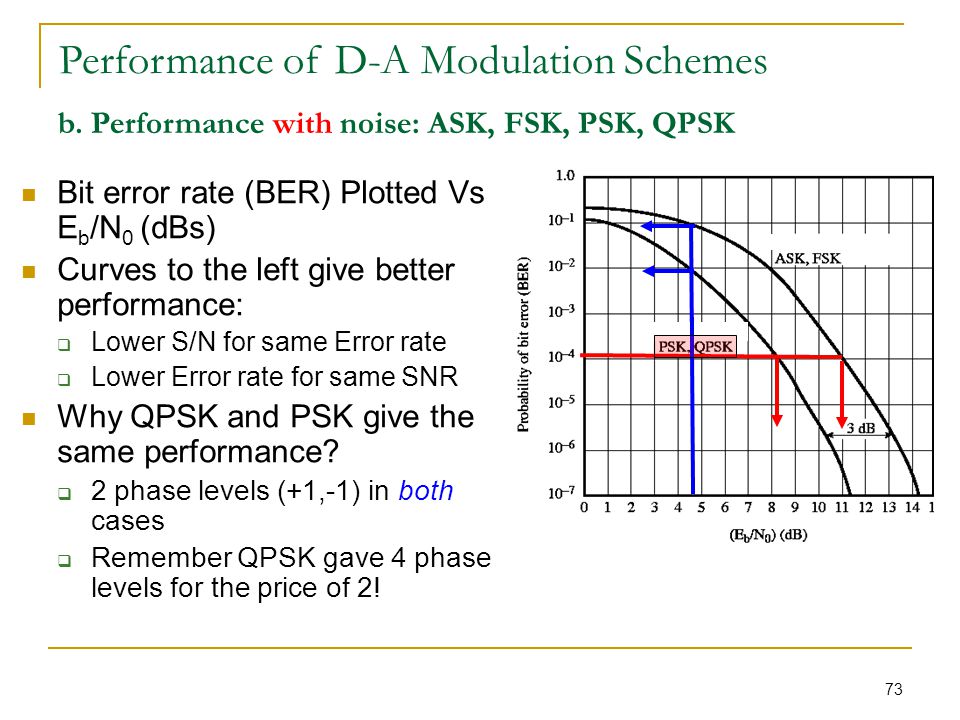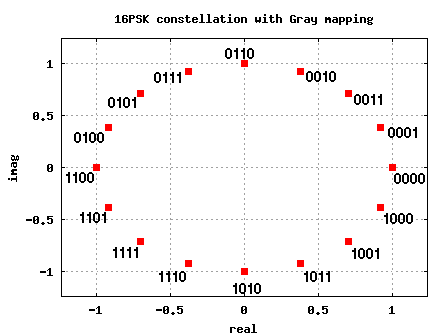
This shows the points in the complex plane where, in this context, the real and imaginary axes are termed the in-phase and quadrature axes respectively due to their 90° separation. By viewing the change in the phase as conveying information – differential schemes, some of which do not need a reference carrier (to a certain extent).Ī convenient method to represent PSK schemes is on a constellation diagram.By viewing the phase itself as conveying the information, in which case the demodulator must have a reference signal to compare the received signal's phase against or.There are two fundamental ways of utilizing the phase of a signal in this way: In the case of PSK, the phase is changed to represent the data signal. There are three major classes of digital modulation techniques used for transmission of digitally represented data:Īll convey data by changing some aspect of a base signal, the carrier wave (usually a sinusoid), in response to a data signal.


7 Mutual information with additive white Gaussian noise.6.3 Example: Differentially encoded BPSK.6 Differential phase-shift keying (DPSK).A trade-off is that it has more demodulation errors. there is no need for the demodulator to keep track of a reference wave. DPSK can be significantly simpler to implement than ordinary PSK, as it is a 'non-coherent' scheme, i.e. Because the symbols are encoded in the difference in phase between successive samples, this is called differential phase-shift keying (DPSK). Alternatively, the phase shift of each symbol sent can be measured with respect to the phase of the previous symbol sent. This requires the receiver to be able to compare the phase of the received signal to a reference signal – such a system is termed coherent (and referred to as CPSK).ĬPSK requires a complicated demodulator, because it must extract the reference wave from the received signal and keep track of it, to compare each sample to. The demodulator, which is designed specifically for the symbol-set used by the modulator, determines the phase of the received signal and maps it back to the symbol it represents, thus recovering the original data.

Each pattern of bits forms the symbol that is represented by the particular phase. Usually, each phase encodes an equal number of bits. PSK uses a finite number of phases, each assigned a unique pattern of binary digits.
#Error probability ask fsk psk Bluetooth#
It is widely used for wireless LANs, RFID and Bluetooth communication.Īny digital modulation scheme uses a finite number of distinct signals to represent digital data. The modulation is accomplished by varying the sine and cosine inputs at a precise time. In this paper, we have implemented ASK, FSK and PSK using MATLAB.Ĭosine signal has been used as a carrier wave.Phase-shift keying ( PSK) is a digital modulation process which conveys data by changing (modulating) the phase of a constant frequency reference signal (the carrier wave). It directly affects the probability of error performance of a SNR is well known measure of how the signal and noise power compare againstĮach other.

BER is a key parameter that usedįor assessing systems that transmit signal data from one location to another. Implement, provide good error substantiation. Binary modulation methods use two level symbols and are facile to The selection of a digital modulation technique for a specificĪpplication depend not only the bandwidth efficiency and implementationĬomplexity but also error rate occurred in a bit (BER) and signal to noise Symbols which consist of a discrete set of values occurring at gradually spaced These modulation schemes can be characterized by their transmitted
#Error probability ask fsk psk pdf#
Authors: Subrato Bharati, Mohammad Atikur Rahman, Prajoy Podder Download PDF Abstract: This paper mainly discusses about three basic digital modulation process ASK,įSK, PSK.


 0 kommentar(er)
0 kommentar(er)
